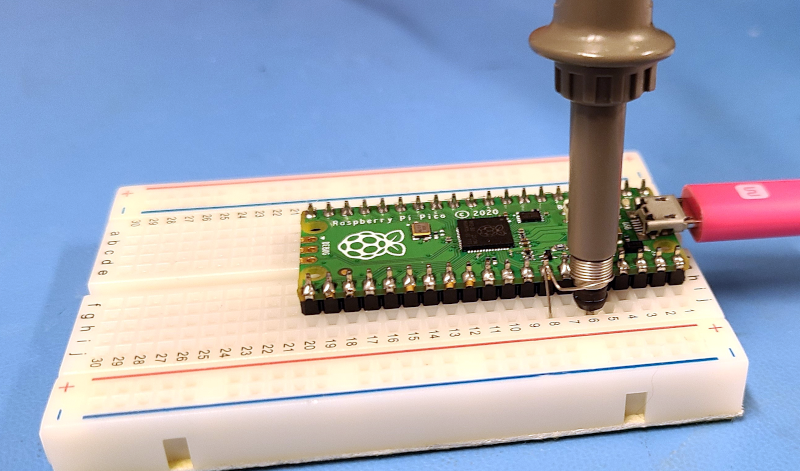Raspberry Pi Pico ADC Characterized

[Markomo] didn’t find much useful information about the Raspberry Pi PIco’s analog to digital converter, so he decided to do some tests to characterize it. Lucky for us, he documented the findings and shared them. The results are in a series of blog posts that cover power supply noise, input-referred noise, signal to noise ratio, and distortions.
There are some surprising results. For example, the Pico’s low noise regulator mode appears to produce more noise than having it set for normal operation. There also appears to be a large spike in nonlinearity around certain measurements.
The finding about the nonlinearity is especially surprising. The converter uses successive approximation to convert an analog voltage into a digital quantity. That’s the method where you generate a voltage using a DAC and compare it to the unknown voltage. In a normal circuit, the DAC would use resistors, but resistors are notoriously low quality on an integrated circuit. What is very high quality is the ratio of capacitor values. In other words, two capacitors might not always have the same value because of variations in silicon dioxide layer thicknesses. But the plate sizes will be right on every time and all the capacitors on the same chip will have the same silicon dioxide thickness. So we might not know that C1 is 100 nF or 220 nF, but if we know that C2 has twice the area of C1, we know the ratio of C2 and C1 very precisely. [Markomo] simulated the circuit and tried varying values until the simulation matched the measured data. The conclusion is that the capacitors on the circuit do not have the right values and are off by just a small bit.
It appears there are a few more posts planned in the series that will cover the input bandwidth, aperture jitter, and the power supply rejection ratio. You’ll want to stay tuned for those.
We’ve been talking about the Pico a lot lately so it is good to see some detailed analysis. We’ve seen other devices on the Pico dissected, too, and we are sure there will be more to come.
Post a Comment